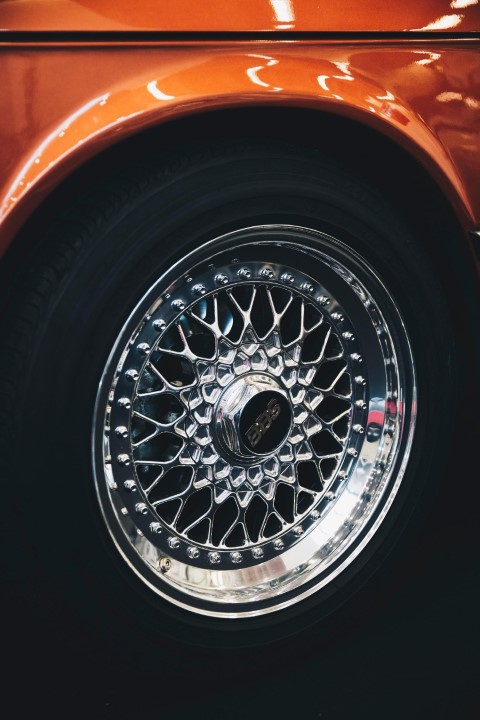 Caring about your car is more than being concerned about the torque, speed, horsepower and all the other figures that make casual observers fawn. Car enthusiasts know that simple things like choosing the right tyre for your car can go a long way to improve your driving experience.
Caring about your car is more than being concerned about the torque, speed, horsepower and all the other figures that make casual observers fawn. Car enthusiasts know that simple things like choosing the right tyre for your car can go a long way to improve your driving experience.
One of the reasons a lot of people shy away from learning about tyres is because they are a complicated subject. Tyres are classified differently based on the width, aspect ratio of height to width, construction type, wheel rim diameter, load index and speed rating. It is easy to see how people can get disillusioned with learning so much information.

For most custom car owners, these specifications are easy to know as they are typically printed on the side of the car’s tyres. Unless you are looking to make serious car modifications, you may never have a reason to alter the specifications of your car’s tyres.
The type of tyre related decision most people will usually have to make is whether to go for soft or hard tyres. Soft and hard tyres are a broad way of classifying tyres based on how they react with the road surface.
Tyre compositions are well-guarded secrets, so it is difficult to know what compounds are responsible for these reactions. However, the performance of the tyres on the road has made brands synonymous with either being soft or hard tyre makers. Bridgestone and General tyres are typically perceived as hard tyre makers while Dunlop and Hankook are regarded as soft tyre makers. It is important to note that hard and soft tyres are not two sides of a divide, but that car tyres exist on a spectrum.
So, how do they measure up against one another? We will be looking at three criteria that can help you decide:
Grip
A tyre’s grip is a function of how much friction it has with the road. Softer tyres generate more friction on the road, which typically results in higher speed. For harder tyres, the reverse is the case. For both tyres to work optimally, they must be within a specific temperature range. If the tyre is outside this temperature window, it will not generate enough grip.
Longevity
One of the side effects of friction on the road is that the tyres heat up. When they heat up beyond a certain point, they start to act like melted butter and leave rubber on the road. On average, the increased friction and grip in soft tyres result in them leaving more tyres on the road. Hard tyres, on the other hand, provide less grip and last much longer. Racing cars typically use very soft tyres and must change them between laps.
Cost
Depending on your car type, there may not be much difference in the upfront cost between hard and soft tyres. However, when long term cost is considered, soft tyres present more of a financial burden than harder tyres. The main reason for the discrepancy in the long-term cost is that you have to change soft tyres more often. In extreme cases, hard tyres can last up to three times as long as soft tyres. That is three times less in cost.
Final Thoughts
Aside from the nature of the compound used in making a tyre, another thing that influences its performance and durability is the threading of the tyre. Thicker threads provide better grip and friction and can be used to manoeuvre around areas with rough topographies.
The most important thing to consider when choosing tyres is how you intend on using your car. If you will mostly drive it in smooth areas or at high speeds, then soft tyres will be just fine for you. If on the other hand, you will be navigating difficult terrain, then hard tyres are your go-to.










